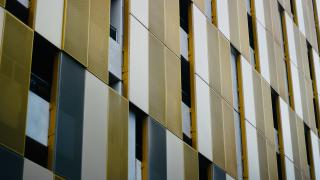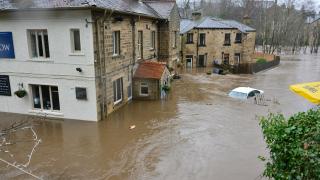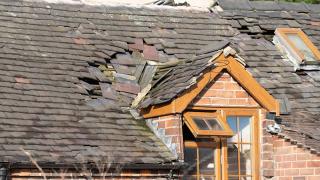As storm Henk, the first named storm of 2024, battered parts of the U.K., Woodgate & Clark, the specialist loss adjuster is warning insurance providers that it has seen a circa 40% rise in scaffolding costs in the past year. The business, which supports claims on specialist, standard and non-standard residential and commercial properties, is urging insurance providers and their claims partners to consider alternatives to scaffolding for building roof and window repairs, following a recent succession of winter storms.
The warning comes as scaffolding costs can now far exceed the actual cost of the repair. In one recent claim being managed by the business, the scaffolding cost was six times more than the cost of the repair on the property. The latest estimates predict that Insurers expect to pay out an estimated £560 million to help customers who suffered damage caused by Storms Babet, Ciaran and Debi, Elin, Fergus, Gerrit and Henk have followed in their wake.
Nick Turner, Head of Surveying at Woodgate and Clark said: “Like many parts of the construction sector, scaffolding firms have been impacted by increased fuel and material costs. For example, the global imbalance in supply and demand for softwood lumber led to a 113% price increase in the UK in 2021, while steel prices surged due to inflationary pressures and rising electricity costs. It’s not surprising that 25% of scaffolders have turned down work due to material shortages .
“The combined impact of material cost inflation, material shortages and labour shortages means increasing costs, difficulty in obtaining quotations and extended lead-in periods for the insurance sector and its customers. This is far from ideal at a time when insurance providers and their loss adjusting partners are working around the clock to repair damage following the recent storms.
“One workaround is to consider erecting sections of scaffolding and working in sequence rather than erecting a complete scaffold. This reduces the amount of materials required and may enable a reduced lead-in period and potentially, costs. There is also the possibility of using hydraulic lifts and similar plant if there is room. This is where the building expertise offered by our building repair network, Quadrassist, can prove so vital in helping insurance providers make these decisions. Insurance providers need to work with a repair network that has an intimate understanding of construction and repair methods and their costs.
“Fundamentally, however, we need to allow for higher access costs and accept that these will form a significant part of total repair costs over the next few years.”
For more information, contact Nick Turner.





